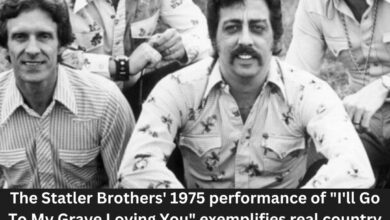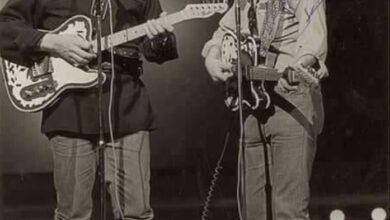This Dance Was The Talk Of The 1950s, Can You Recall It Today
In February 1958, “The Stroll” emerged as a dance craze that captivated American high school gyms and sock hops, embodying the lively spirit of the burgeoning rock ‘n’ roll era. This line dance, rooted in African American communities, gained widespread popularity thanks to the influence of television, particularly through Dick Clark’s “American Bandstand.” Teens across the country eagerly adopted the dance, integrating it into their local gatherings and cementing its place in the cultural zeitgeist.
“The Stroll” was not just a dance but a significant cultural phenomenon that mirrored the social dynamics of the 1950s. The dance involved two lines of participants facing each other, creating a central aisle. Couples would parade down this aisle in rhythm with the music, adding their personal style and flair to their movements. This format allowed for both collective participation and individual expression, resonating with the youth of the time who were beginning to explore and assert their identities within a changing social landscape.
The accompanying song, “The Stroll,” performed by The Diamonds, was integral to the dance’s success. The Canadian doo-wop group, known for their smooth harmonies and engaging tunes, played a crucial role in popularizing the dance. The Diamonds’ rendition of “The Stroll” became the soundtrack of the movement, capturing the exuberance and communal spirit of the era. Dave Somerville, the group’s charismatic lead singer, lent his rich baritone voice to the song, guiding dancers with his engaging performance.
The rapid spread of “The Stroll” made it a fixture at dance events, appealing to a broad audience and transcending racial and social boundaries during a time of significant segregation in the United States. Its straightforward nature made it easy for anyone to learn, while its inherent coolness ensured its widespread appeal. Teenagers, eager to embrace the latest trend, would dress up in their best attire and enthusiastically participate, reflecting the optimism and vitality of post-war America.
As the craze continued to grow, “The Stroll” became a symbol of youthful rebellion and fun, marking a moment in history when music and dance transcended societal constraints and brought people together. The dance’s legacy endures as a testament to the transformative power of music and its ability to unify diverse communities through shared experiences and joyous expression.





